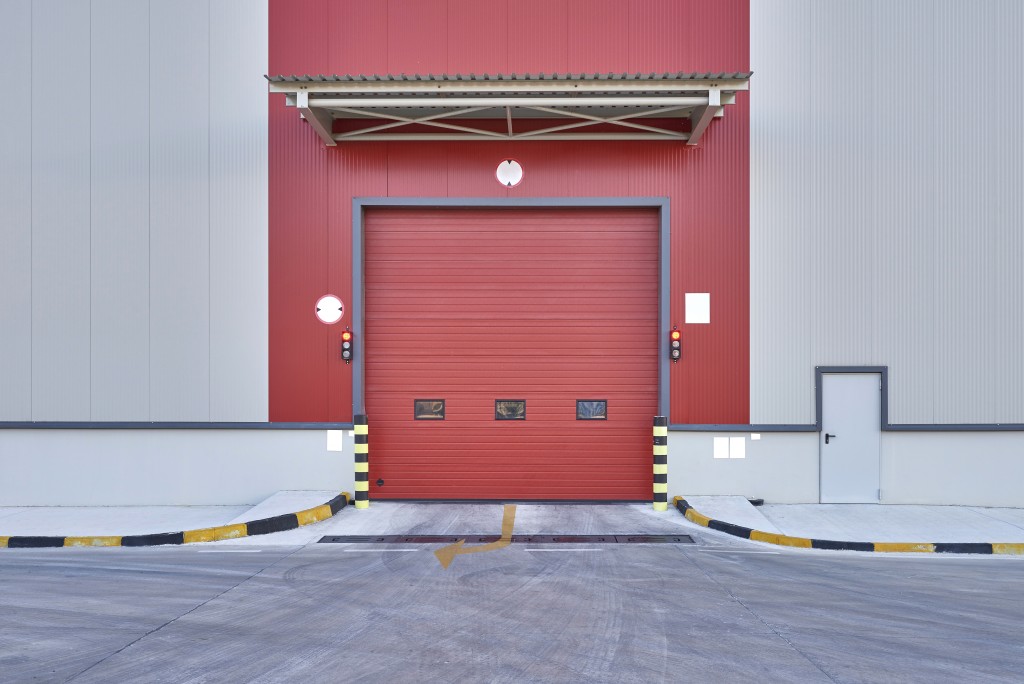Gauging Car Repair Issues
Owning a car brings a sense of freedom, but it also comes with a responsibility to ensure that your vehicle remains in top condition. Regular maintenance and inspections are crucial for prolonging the life of your car and ensuring its performance and safety. A full auto repair checklist can provide peace of mind by covering all aspects of vehicle upkeep, from engine health to tire pressure. Whether you’re a seasoned driver or new to car ownership, following a comprehensive guide helps you avoid potential problems and costly repairs. In this blog, we’ll go over everything you need to keep your car running smoothly, ensuring that you stay ahead of potential issues before they turn into major headaches.
Understanding Basic Engine Maintenance
The engine is the heart of any vehicle, making its maintenance a top priority for all car owners. Basic engine maintenance involves tasks like checking oil levels, monitoring coolant, and listening for any unusual sounds that could indicate deeper issues. Keeping up with these routine checks ensures that your engine continues to run smoothly, efficiently, and without risk of overheating. In addition to regular oil changes, ensuring your belts and hoses are in good condition can prevent more severe mechanical problems. A full auto repair checklist would be incomplete without paying special attention to the engine, as neglecting it can lead to expensive repairs or even a total breakdown.
More specifically, auto repair shops recommend that you also check the condition of your spark plugs and air filters regularly. Spark plugs play a crucial role in the engine’s combustion process, and a faulty plug can lead to engine misfires, affecting overall performance. Air filters, on the other hand, prevent dirt and debris from entering the engine, so replacing them as needed will improve efficiency and prolong the engine’s life. Understanding these elements not only helps you perform basic engine maintenance but also makes your visits to an auto repair shop more informed and efficient.
Inspecting Your Car’s Battery Health
Your car’s battery is essential for starting the vehicle and powering its electrical systems, making it a vital component of any full auto repair checklist. Regularly inspecting the battery for signs of corrosion, wear, or weakness ensures that your car will start reliably, even in cold weather or after long periods of disuse. Checking the battery terminals for rust or other buildup can prevent poor connections, which could lead to sudden power failures. Maintaining the battery’s health is not just about convenience but also about avoiding being stranded with a car that won’t start.
More specifically, visiting an auto body shop for a more in-depth battery test or replacement when necessary can keep you from being caught off guard by a dead battery. Auto body shops have the tools to assess the overall charge and health of the battery, providing you with a clear understanding of whether it’s time for a replacement. Routine checks, especially before long trips or seasonal changes, can ensure that your car’s electrical system remains fully operational, giving you peace of mind on the road.
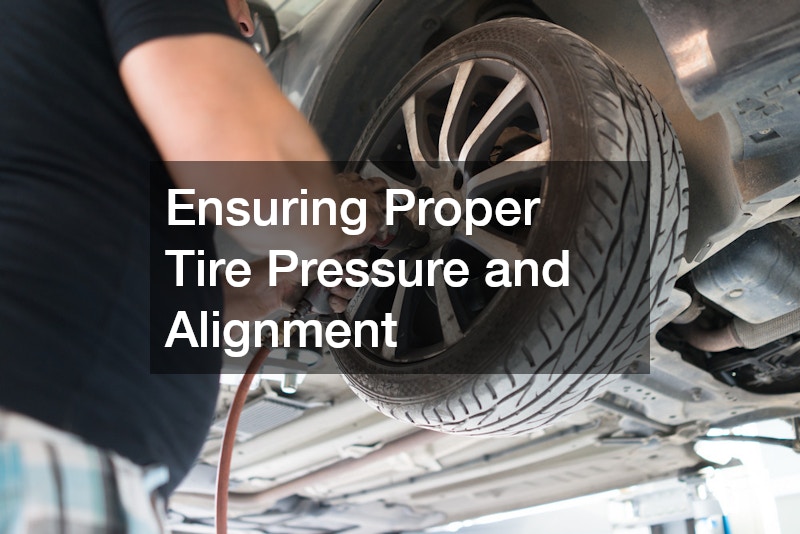
Ensuring Proper Tire Pressure and Alignment
Tire pressure and alignment are key factors in maintaining not only the longevity of your tires but also the safety and performance of your vehicle. Proper tire pressure ensures optimal traction, fuel efficiency, and a smoother driving experience. It’s crucial to check your tire pressure regularly, as underinflated or overinflated tires can lead to premature wear and reduce your car’s fuel economy. Additionally, incorrect tire alignment can cause uneven wear on the tires, making the vehicle harder to control and more prone to accidents. Including tire pressure and alignment in your full auto repair checklist can help you avoid these issues.
When dealing with a specific situation like a car accident, an auto accident lawyer might point out that improper tire alignment can even contribute to accidents if left unchecked. It’s essential to have your tire alignment inspected after any significant impact or incident. Properly aligned tires will not only reduce the risk of uneven wear but also improve handling and prevent damage to other components, like the suspension. By maintaining the correct tire pressure and alignment, you’re ensuring your vehicle operates at its safest and most efficient.
Maintaining Optimal Brake Performance
Your vehicle’s braking system is one of its most critical safety components, making regular brake maintenance an essential part of any full auto repair checklist. Routine brake inspections can help identify worn brake pads, low brake fluid levels, or any signs of rotor damage. When brakes are in good condition, they provide the necessary stopping power to avoid accidents and ensure a smooth, controlled driving experience. Neglecting this crucial system can not only put your safety at risk but also lead to more costly repairs in the long run. Checking your brake system regularly should be a priority for every car owner.
Specifically, after having your car serviced by an auto tinting company, for instance, it’s a good idea to inspect the brakes, as the removal and handling of wheels can sometimes impact brake components. Maintaining the brakes involves more than just replacing worn-out pads; it also includes checking the brake lines, ensuring there are no leaks, and making sure the rotors are free of excessive wear. Having a professional inspect your brake system periodically will ensure that your car is safe and ready for any driving conditions.
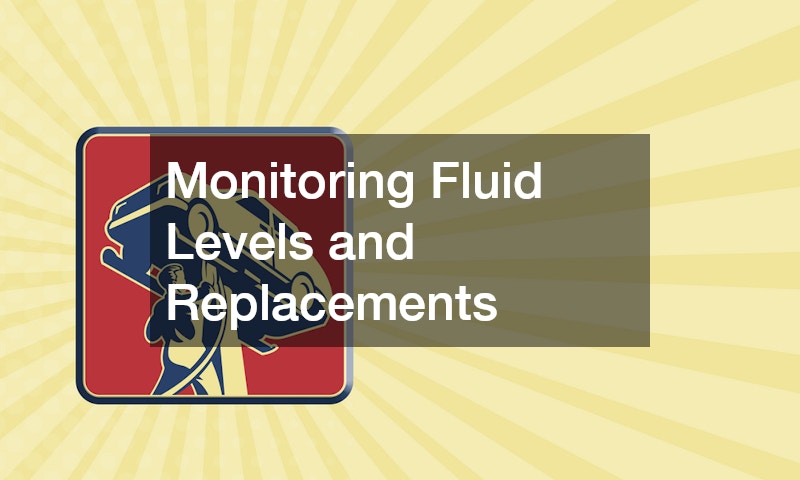
Monitoring Fluid Levels and Replacements
Keeping an eye on your car’s fluid levels is another vital part of a full auto repair checklist. Fluids such as engine oil, coolant, transmission fluid, brake fluid, and windshield washer fluid all play essential roles in ensuring the smooth operation of your vehicle. Low or contaminated fluids can lead to serious mechanical problems, including engine overheating, transmission failure, or brake malfunctions. Regularly checking and replacing these fluids keeps your car in optimal condition and helps prevent larger, more expensive repairs in the future.
In particular, collision repair services often emphasize fluid replacement after major accidents. After a collision, your vehicle’s fluids might be contaminated or leaking, and failing to address this can lead to bigger problems down the road. For example, coolant leaks can cause your engine to overheat, while low transmission fluid can result in poor shifting and eventual transmission failure.
Checking and Replacing Your Car’s Filters
Car filters play a crucial role in maintaining the health and performance of your vehicle, and their regular inspection and replacement should be a part of any full auto repair checklist. These filters—including air, oil, and cabin filters—work to keep harmful debris and contaminants from entering essential systems in your car. A clogged air filter can reduce engine performance and fuel efficiency, while a dirty oil filter can allow harmful particles into the engine, causing wear and tear. Likewise, a neglected cabin filter can affect air quality inside the vehicle. Ensuring that all these filters are in good condition will improve your car’s overall performance and longevity.
On a more specific note, vehicle wrap installations can sometimes involve opening up certain areas of the car that house filters. If you’re getting a vehicle wrap, it’s a good opportunity to have these filters checked or replaced. For example, if the air intake area near the engine is exposed during the wrapping process, it’s easy to inspect and replace the air filter at the same time.
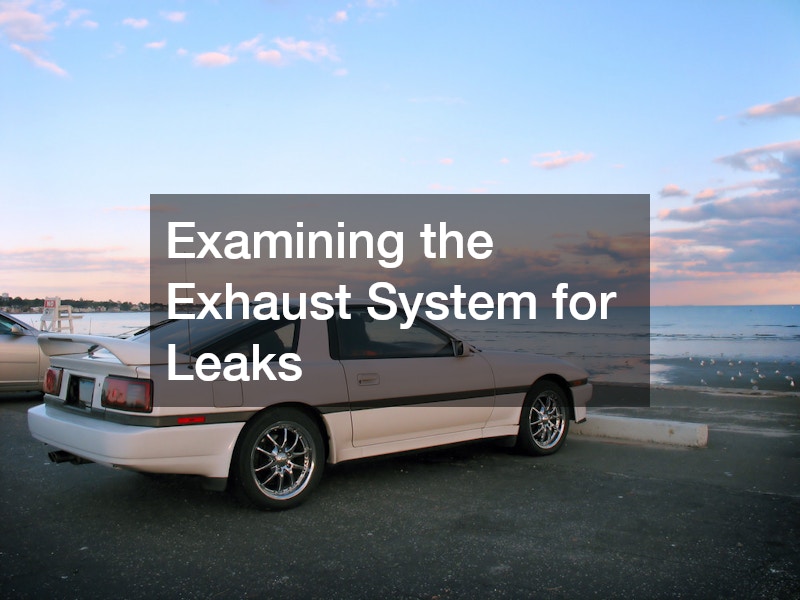
Examining the Exhaust System for Leaks
The exhaust system is often overlooked in a full auto repair checklist, but it plays an important role in reducing harmful emissions and ensuring that your vehicle runs smoothly. A damaged or leaking exhaust system can result in poor fuel efficiency, increased emissions, and a loud, unpleasant driving experience. Regularly inspecting your exhaust system for rust, leaks, or cracks helps to prevent these issues. Ensuring that your exhaust system is functioning properly also reduces the risk of harmful gases, such as carbon monoxide, entering the cabin, which could be dangerous for both the driver and passengers.
After performing garage door maintenance or any task that requires parking your car for extended periods, it’s worth inspecting your exhaust system. Moisture and rust can accumulate in an exhaust system that isn’t regularly used, particularly if the vehicle is parked in a damp garage. Examining and addressing potential exhaust issues before they escalate ensures that your vehicle remains safe to drive and operates efficiently, with reduced emissions and fewer costly repairs down the line.
Ensuring the Condition of Lights and Electricals
A full auto repair checklist would be incomplete without addressing the condition of your car’s lights and electrical systems. Your headlights, brake lights, turn signals, and interior lights are essential for safety and visibility, especially when driving at night or in poor weather conditions. Ensuring that all lights are working properly can help prevent accidents and improve communication with other drivers on the road. Additionally, your car’s electrical system powers features such as the radio, windows, and heating, so keeping this system in good working order is essential for comfort and convenience.
On a more specific level, if you’ve recently had concrete floor coating applied in your garage, it’s a good idea to check your car’s electrical system afterward. While the process of floor coating itself may not directly affect your car, parking on a freshly coated surface might expose the undercarriage or electrical wiring to dust or chemical residue. Ensuring that your car’s lights and electrical systems are fully operational is a simple but crucial part of maintaining both the safety and comfort of your vehicle.
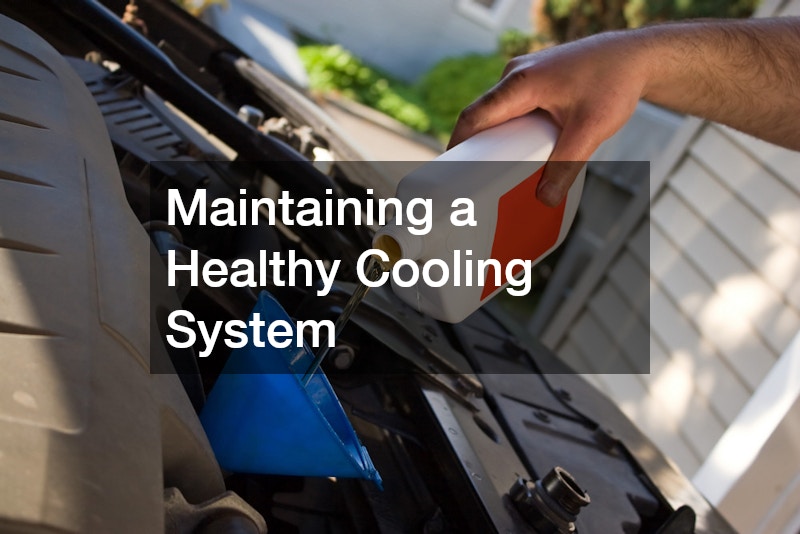
Maintaining a Healthy Cooling System
A properly functioning cooling system is vital for preventing your engine from overheating and ensuring that your vehicle runs smoothly. The cooling system works to regulate the engine’s temperature by circulating coolant through the engine block, radiator, and hoses. Over time, the coolant can break down or leak, leading to inefficient temperature regulation, which could result in severe engine damage. Regularly inspecting the cooling system for leaks, blockages, and ensuring that the coolant levels are adequate should be an essential part of your full auto repair checklist. This proactive approach can save you from expensive repairs and unexpected breakdowns.
In specific cases, such as after using an open car trailer to transport your vehicle, it’s especially important to check the cooling system. Exposure to different climates or long trips can put additional strain on the engine and cooling system. For instance, long-haul towing can raise the engine’s temperature, making it critical to check coolant levels before and after the trip.
Keeping Your Suspension and Steering in Check
Your car’s suspension and steering system are essential for providing a smooth and controlled driving experience. The suspension absorbs shock from the road, while the steering system ensures you can maneuver your vehicle safely. Over time, components like shocks, struts, and steering linkages can wear out or become misaligned, leading to poor handling, a bumpy ride, or even safety risks. Adding regular checks of your suspension and steering system to your full auto repair checklist can help you maintain control of your vehicle, reduce wear on tires, and ensure a comfortable driving experience.
More specifically, if you’ve recently had car charger installations or other electrical modifications, it’s a good idea to double-check your suspension and steering. Although these services may seem unrelated, handling and moving the vehicle during installation can affect the car’s alignment or suspension components, especially if a lift was used. Making sure everything is aligned and functioning properly after such modifications can prevent uneven tire wear and poor handling down the road, helping you keep your vehicle in prime condition.
Maintaining Repaired Car Condition
Maintaining your vehicle requires consistent attention to detail, but following a full auto repair checklist ensures that you stay on top of the most critical aspects of vehicle health. From basic engine maintenance to the proper care of your tires, brakes, and suspension, each component of your car contributes to its overall performance and safety. By regularly inspecting your cooling system, lights, and electricals, you can prevent minor issues from turning into costly repairs. This comprehensive approach to auto repair not only extends the life of your car but also keeps you safe on the road.

